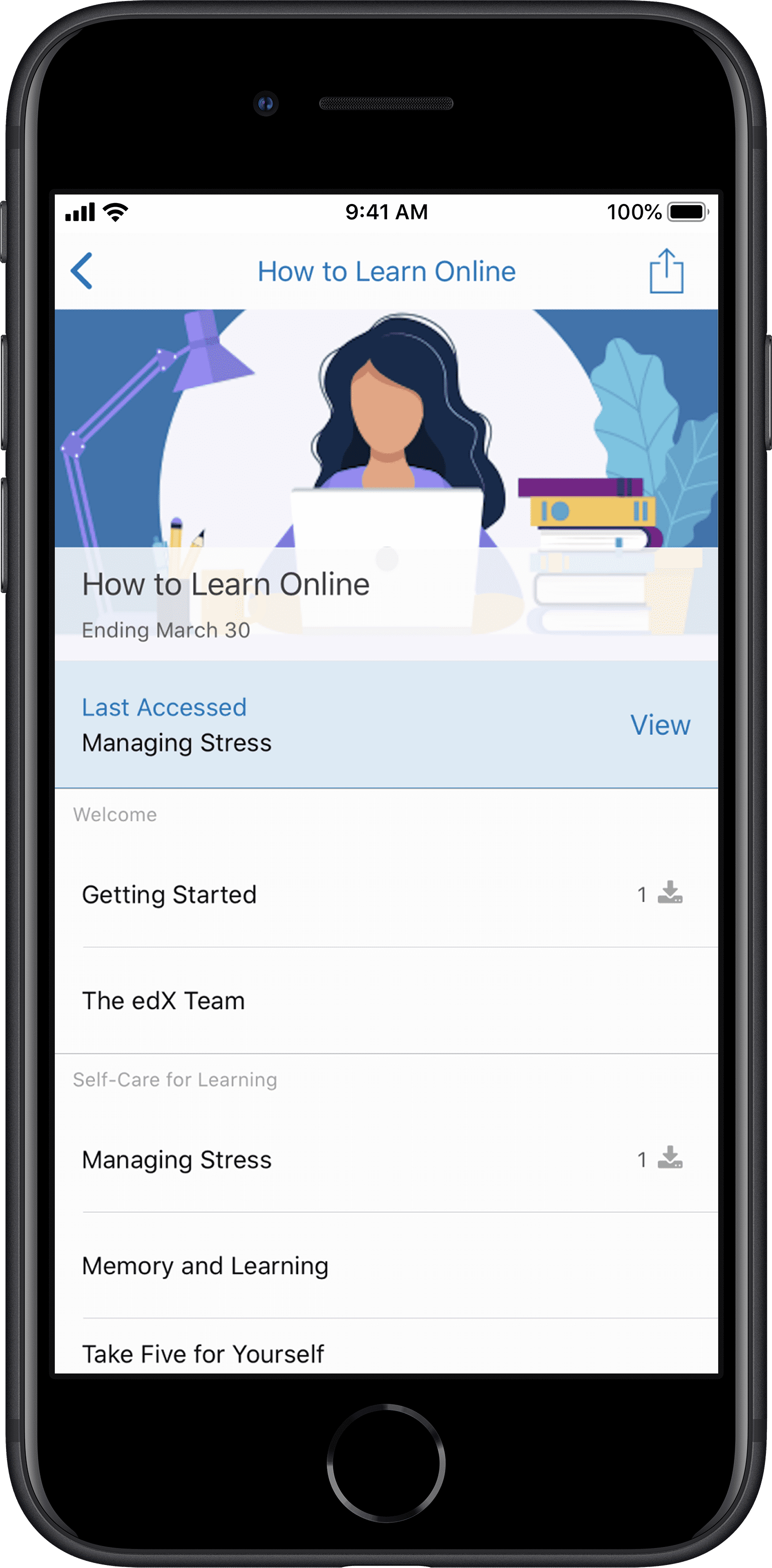Microeconomics Courses
All Subjects > Economics > Microeconomics
Take free online microeconomics courses to build your skills and advance your career. Learn microeconomics and other in-demand subjects with courses from top universities and institutions around the world on edX.
Related topics - Behavioral Economics | Capitalism | Circular Economy | Economic Policy | Globalization | International Trade | Macroeconomics | Managerial Economics | Public Economics | Taxes
What is Microeconomics?
Microeconomics refers to the branch of economics that studies the economy on an individual and business level (as opposed to macroeconomics which looks at the economy as a whole). Microeconomics consists of concepts like consumer theory and utility (how consumers make decisions to maximize happiness), producer theory (how businesses make decisions to maximize profit), and market structures (how economic efficiency is affected). In short, microeconomics looks at how resources are produced and consumed by individuals and businesses.
Microeconomics covers principles and theories such as how individuals decide what to buy and how businesses decide what to charge including why different products have different values. It also looks at the role of government such as public goods, welfare, utilities, taxes and more.
At the heart of microeconomics is utility maximization, the concept that consumers and businesses act in a rational manner which explains the choices they make. Elasticity is the term used to measure how one change in an economic variable affects another economic variable. For example, if the price of a product goes up, what happens to the demand? Elasticity would measure the percentage change in demand as a result of the price change. Common elasticities measured within microeconomics include price elasticity of supply, price elasticity of demand, income elasticity of demand, and elasticity of substitution.
Consumer demand theory looks at how individual preferences and individual consumption expenditures intersect to form an equilibrium to maximize the utility for an individual by the consumption of a particular good or service.
Microeconomics also delves into opportunity costs, which are alternatives foregone when a consumer or business makes a decision to go in one direction, and forgoes other opportunities - essentially making a cost-benefit analysis for alternative options.
Why Learn Microeconomics?
Microeconomics is important for all of us to understand the practical workings of the economy. From consumers to business firms and governments, the principles of microeconomics are utilized at every level. It gives insight on the conditions of economic welfare where you will understand a variety of key concepts such as consumer choice and behavior, goods and services, labor markets, and most importantly the standard of living and condition of welfare of those people and what factors determine that welfare. Learning microeconomics is a great way to gain an understanding of many factors that affect us in the real-world such as income inequality, product pricing, and much more. Ultimately, learning microeconomics is key in learning about the principles of economics- how economies function and why they are the way they are.
Microeconomics Courses
Take a class on edX (including a course for AP Microeconomics) to gain an introduction to microeconomics. Learn more about microeconomic theory, economic systems, government policies, principles of microeconomics, macroeconomics vs microeconomics, and consumer theory. Gain deeper understanding about concepts like supply and demand, labor economics, market equilibrium, producer theory (including short run and long run production and costs), monopolies and oligopolies, capital markets, welfare economics and more. Learn about consumer preferences, utility functions and maximization, budget constraints, deriving demand, income and substitution effects, perfect competition, profit maximization, short and long run supply curve, individual and market surplus, competition, labor services, labor supply and demand, possibilities frontier and comparative advantage. Also learn about welfare, redistribution, the role of government, public goods, and more in the United States and around the world. Start your free online microeconomics course today and learn about theory of supply, demand curves, wage labor, interest rates, production theory, and more.



